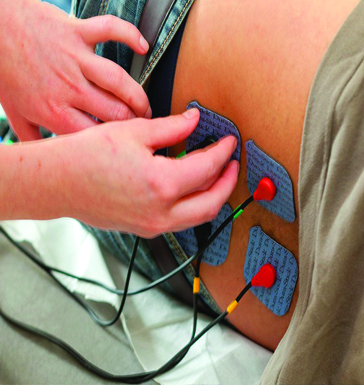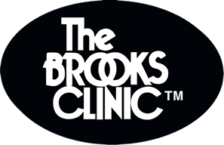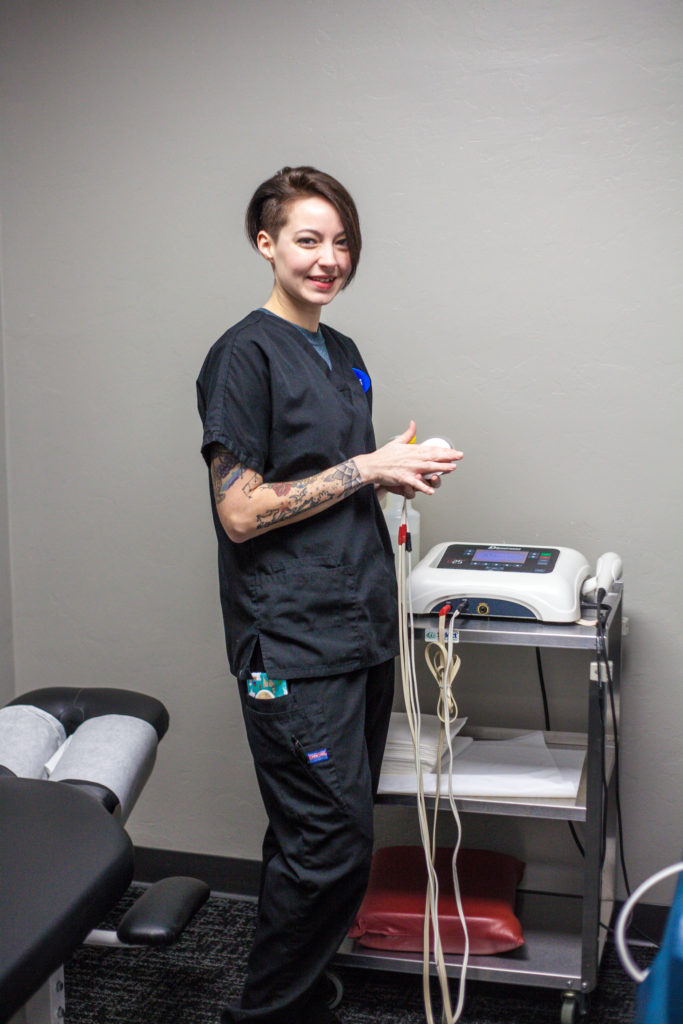
Many of our patients benefit from electrical muscle stimulation. After an accident, it is not uncommon for the muscles and injured tissue to tighten up, have swelling and may feel weak. This is a normal reaction for tissue that has been “stressed”. Injuries that have this type of pain may benefit from interferential current delivered directly to the weak tissue. Electric stimulation works in two ways. First it begins to strengthen the muscle by forcing it to recognize stimulation. Secondly, it interfers with the normal pain signals – allowing the area to begin healing.
The length of time spent is electric stimulation and the depth of treatment will be decided by your Brooks Clinic physician, who is trained to calculate the most productive wavelength for the desired results.
The Same Care That Professional Athletes Get
When professional athletes injure a muscle, electric muscle stimulation is one of the first treatment paths. What is also important to know is that electrically stimulated muscles are, for the most part, superficial, and that is useful for propulsive muscle groups. Most EMS experiences are one muscle at a time, but some injured muscles groups can be treated together.
This treatment method causes the targeted muscles to contract — which can result in several electrical muscle stimulation benefits such as:
-
- Reducing the occurrence of muscle spasms,
- Working the muscle to help retain some muscle density and strength and reduce muscle atrophy, and
- Increasing muscle control and decreasing spasticity and flaccidity.
What’s Different About Medical Grade Electric Muscle Stimulation?
Electronically stimulating muscles seems like an easy proposition – and in fact, it has received so much attention over the past few years that the process has become simplified. So simple, in fact, that you see “stim machines” or “TENS units” in your local pharmacy, Wal-Mart, and maybe even with a vendor at the state fair. While the theory behind muscle stimulation is the similar, rest assured that we are not talking about the same process. Muscle stimulators that are used by medical professionals cost thousands of dollars and require technical expertise for administration. The key is to use a variable length wave to select muscle groups for healing, atrophy and strength.
Neuromuscular electrical stimulation is typically administered three to five days per week for 1 hour and is noninvasive and painless. It has been found to speed up the recovery process and provide long-term results.
What is the difference between an Electric Stim Machine and a TENS unit?
Electric muscle stimulation delivers electrical pulses which can reduce pain and increase blood flow. EMS (electrical muscle stimulation), means the therapy is designed to stimulate motor neurons—the nerves that control the muscles. Whereas TENS (transcutaneous electrical nerve stimulation) units are designed to stimulate sensory neurons, aka the nerves that transmit the pain. EMS is intended for someone who may have had muscle damage and is having trouble contracting the muscle.
According to Dr. Pritchett, if you injured your knee in an auto accident, EMS could help prevent atrophy in your quad muscle. TENS, on the other hand, is used only to reduce pain.
Accident Care & Injury Treatment Clinic Locations
Our auto accident care clinics are available either by appointment or as walk in appointment at any of our 5 clinic locations after a car accident. Remember, there’s no out of pocket expense.
Accident Care At The Brooks Clinic Midtown
820 NW 13th Street
Oklahoma City, OK 73106
Phone: (405)335-6099
Accident Care At The Brooks Clinic, NW Exp
6401 NW Expressway
Oklahoma City, OK 73132
Phone: (405)993-4084
Accident Care At The Brooks Clinic Moore
2313 S. I-35 Service Rd,
Moore, OK 73160
Accident Care At The Brooks Clinic MWC
2801 S Douglas Blvd,
MWC, OK 73130
Accident Care At The Brooks Clinic N Penn
12600 N Penn
Oklahoma City, OK 73120
Phone: (405)266-4308

